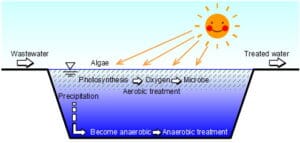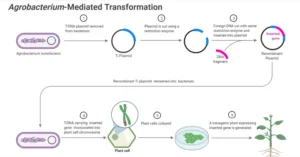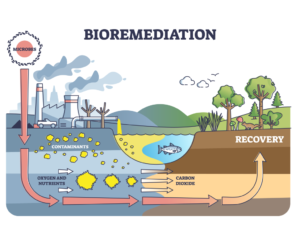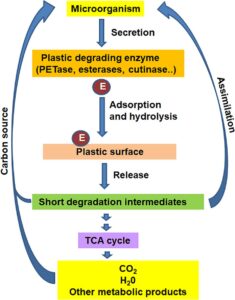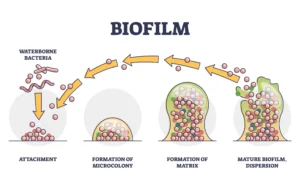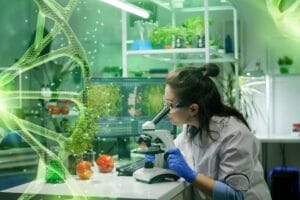| Aspect | Composting | Vermicomposting |
|---|---|---|
| Definition | Decomposition of organic matter by microorganisms. | Decomposition of organic matter by earthworms. |
| Organisms Involved | Bacteria, fungi, and other microorganisms. | Earthworms (e.g., Eisenia fetida, Lumbricus rubellus). |
| Process | Involves aerobic microbial decomposition. | Involves digestion of organic matter by earthworms. |
| Time Required | Longer (3–6 months, depending on conditions). | Faster (2–3 months, depending on worm activity). |
| Product | Produces compost, rich in nutrients. | Produces vermicompost, which is even richer in nutrients and includes worm castings. |
| Environmental Conditions | Requires proper aeration, moisture, and temperature. | Requires specific conditions for worms (e.g., 20–30°C and adequate moisture). |
| Scale | Suitable for large-scale and small-scale operations. | Usually small-scale, but can be scaled up with proper planning. |
| Odor | May produce unpleasant odors if not managed well. | Less odor if managed properly. |

Explanation of Composting:
1. What is composting?
Composting is a natural process of recycling organic waste, such as food scraps, yard waste, and biodegradable materials, into a nutrient-rich soil amendment called compost. It is an environmentally friendly way to manage organic waste and improve soil fertility.
2. Process of Composting:
- Collection of Materials: Organic waste like vegetable peels, fruit scraps, grass clippings, dry leaves, and biodegradable materials are collected.
- Preparation of the Compost Pile: The waste is layered in a specific order, alternating between “greens” (nitrogen-rich materials) and “browns” (carbon-rich materials).
- Decomposition: Microorganisms like bacteria and fungi break down the organic matter. This process releases heat, leading to the formation of humus.
- Aeration: Regular turning of the compost pile ensures adequate oxygen supply and prevents anaerobic conditions that may cause foul odors.
- Moisture Management: The compost pile should be moist but not waterlogged to facilitate microbial activity.
- Temperature Control: Optimal temperature (40–70°C) should be maintained for efficient decomposition. High temperatures also help kill pathogens and weed seeds.
- Curing: The compost is left to mature after the active decomposition phase to stabilize nutrients and improve quality.
3. Benefits of Composting:
- Enriches the soil with organic matter, enhancing its structure and fertility.
- Reduces the need for chemical fertilizers.
- Lowers greenhouse gas emissions by diverting organic waste from landfills.
- Improves soil’s water-holding capacity and aeration.
- Supports microbial life in the soil, promoting healthy plant growth.
4. Types of Composting:
- Aerobic Composting: Requires oxygen for decomposition; faster process.
- Anaerobic Composting: This does not require oxygen; it is a slower process and may produce methane.
- Vermicomposting: A type of composting using earthworms, producing nutrient-rich vermicompost.
Composting is a sustainable practice that supports waste management and contributes to a healthier environment.

